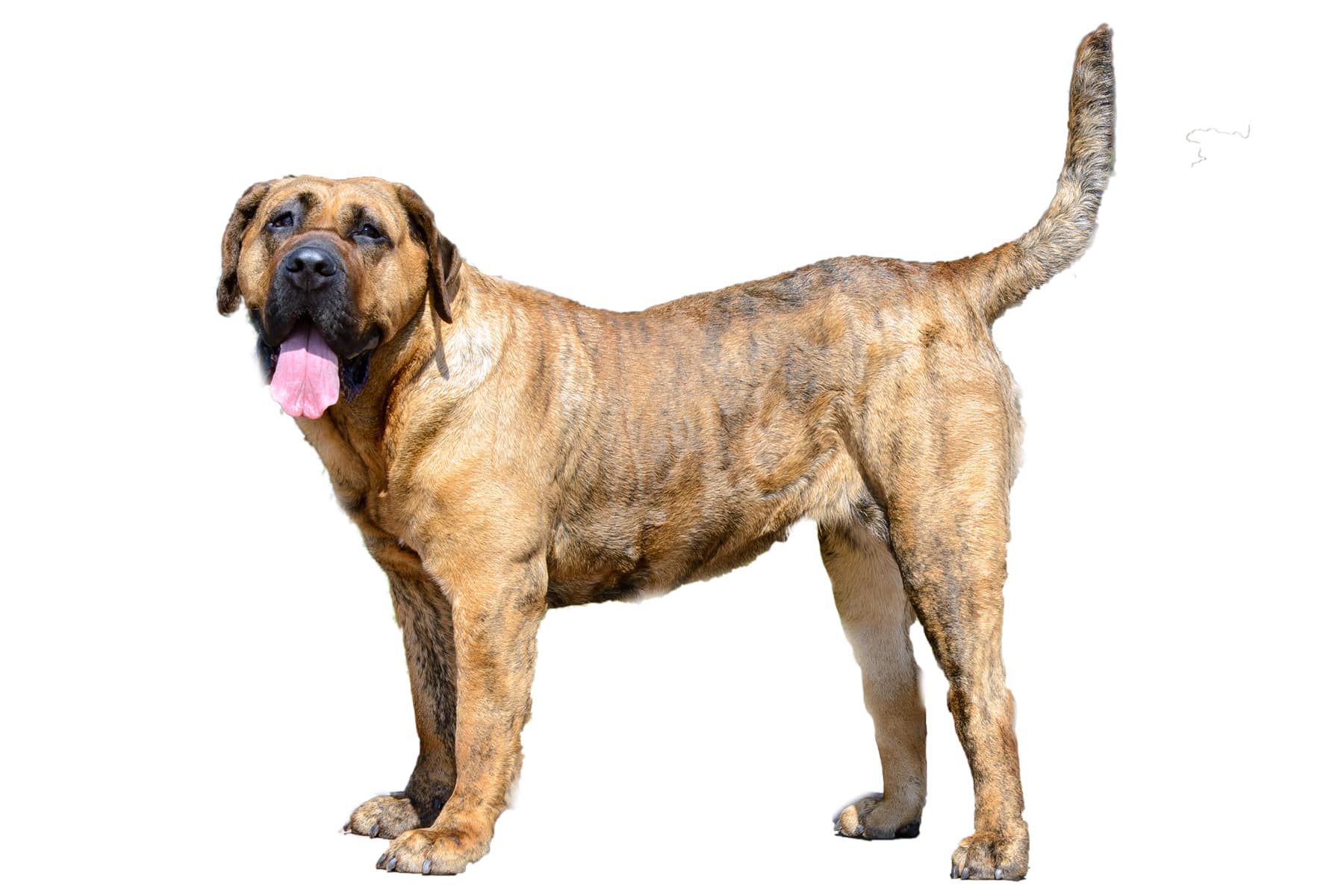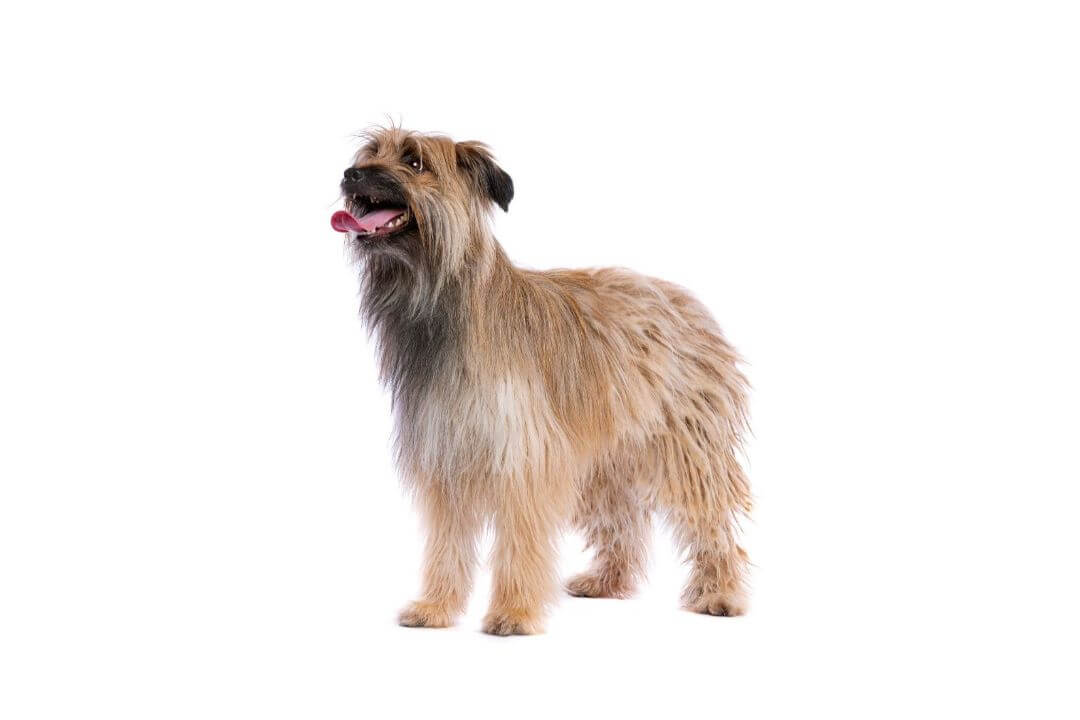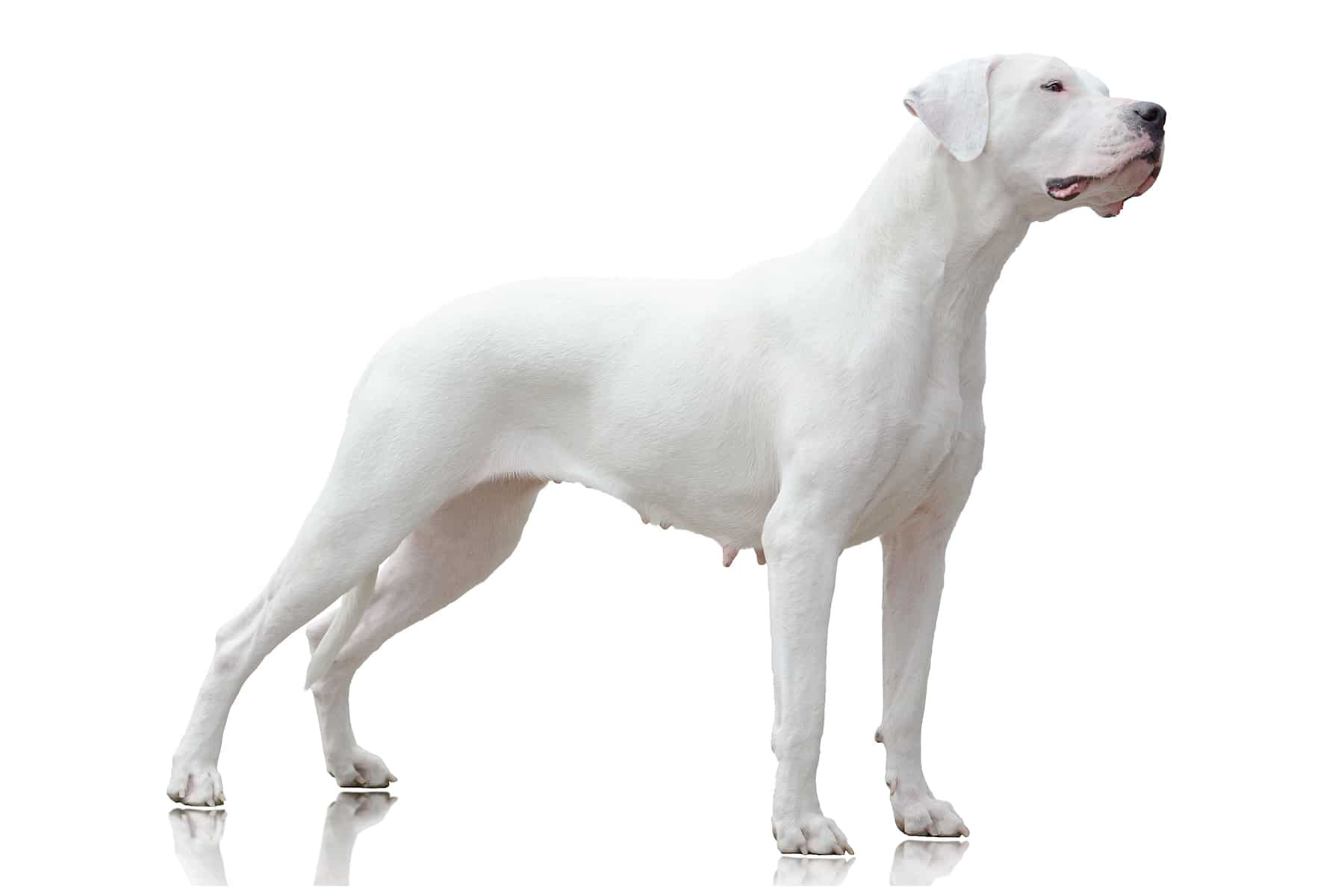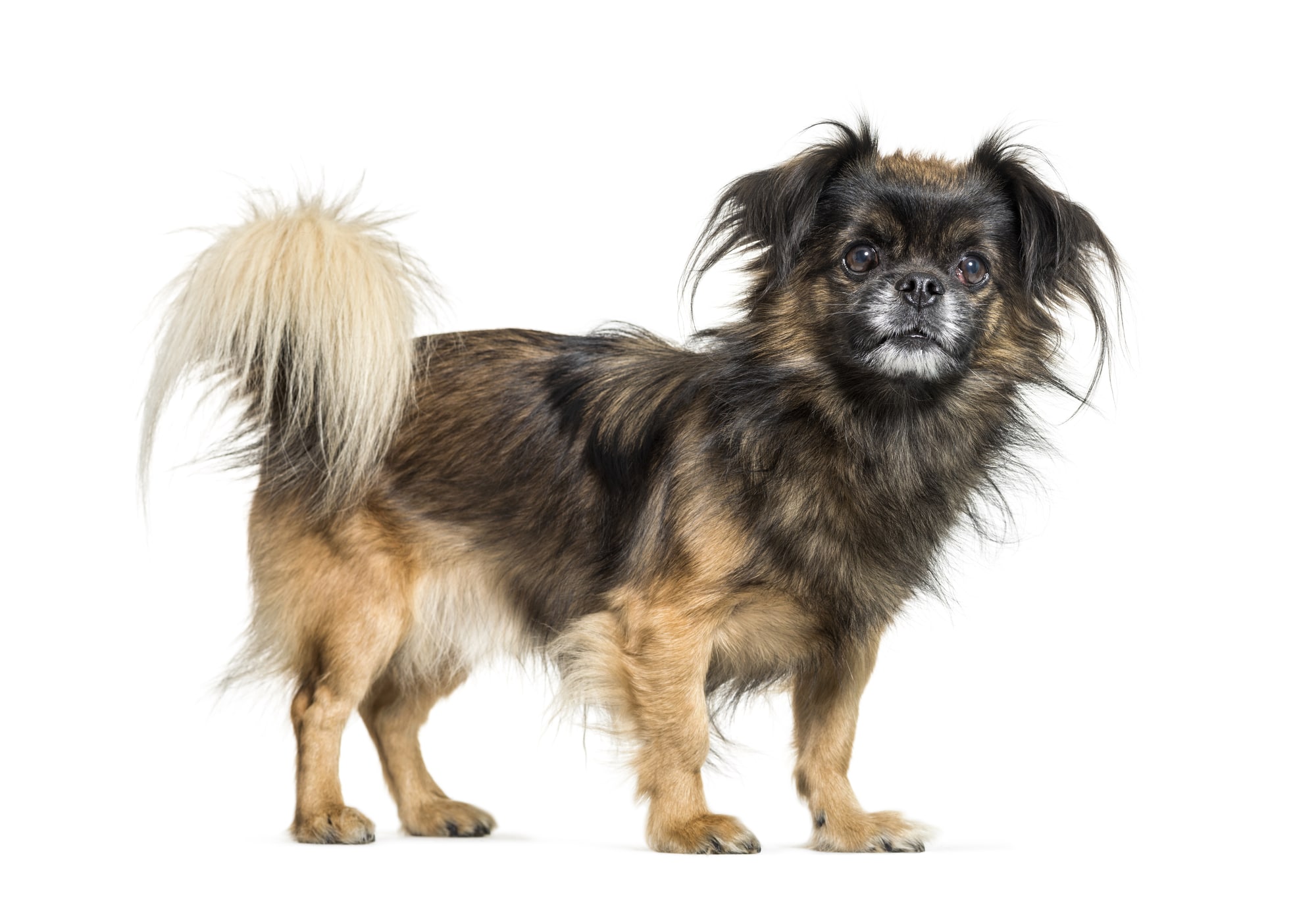Norwegian Elkhound Grey
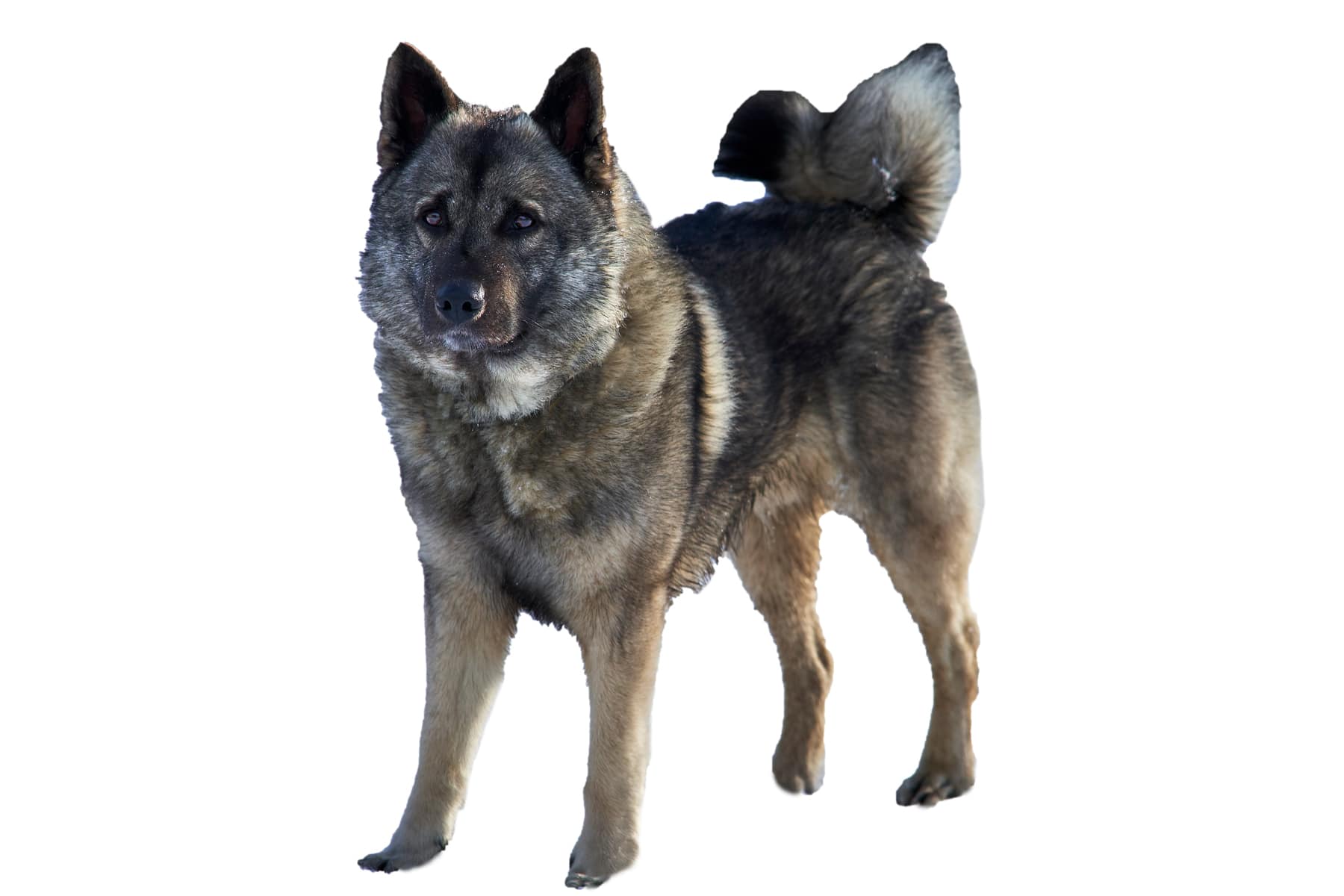
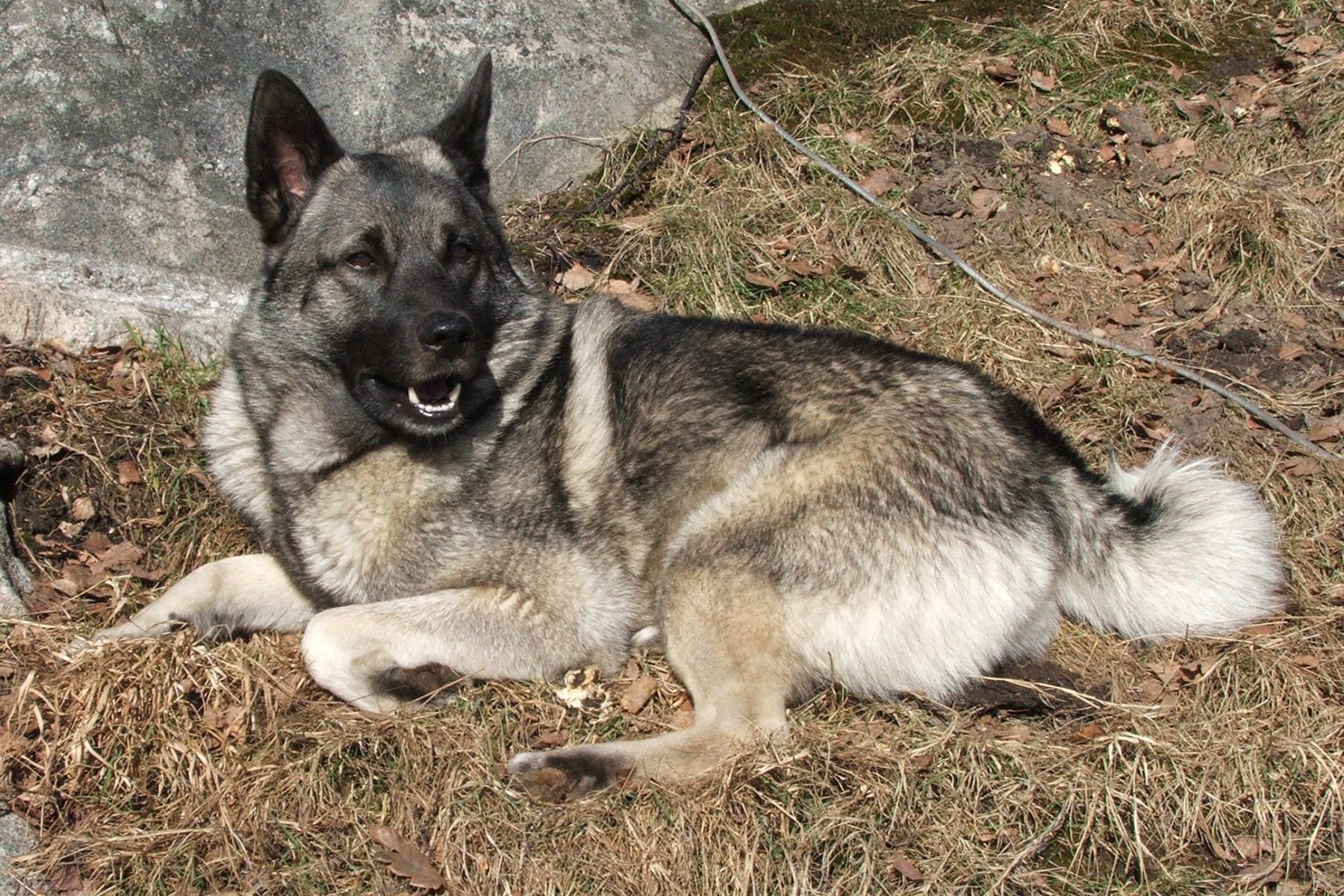
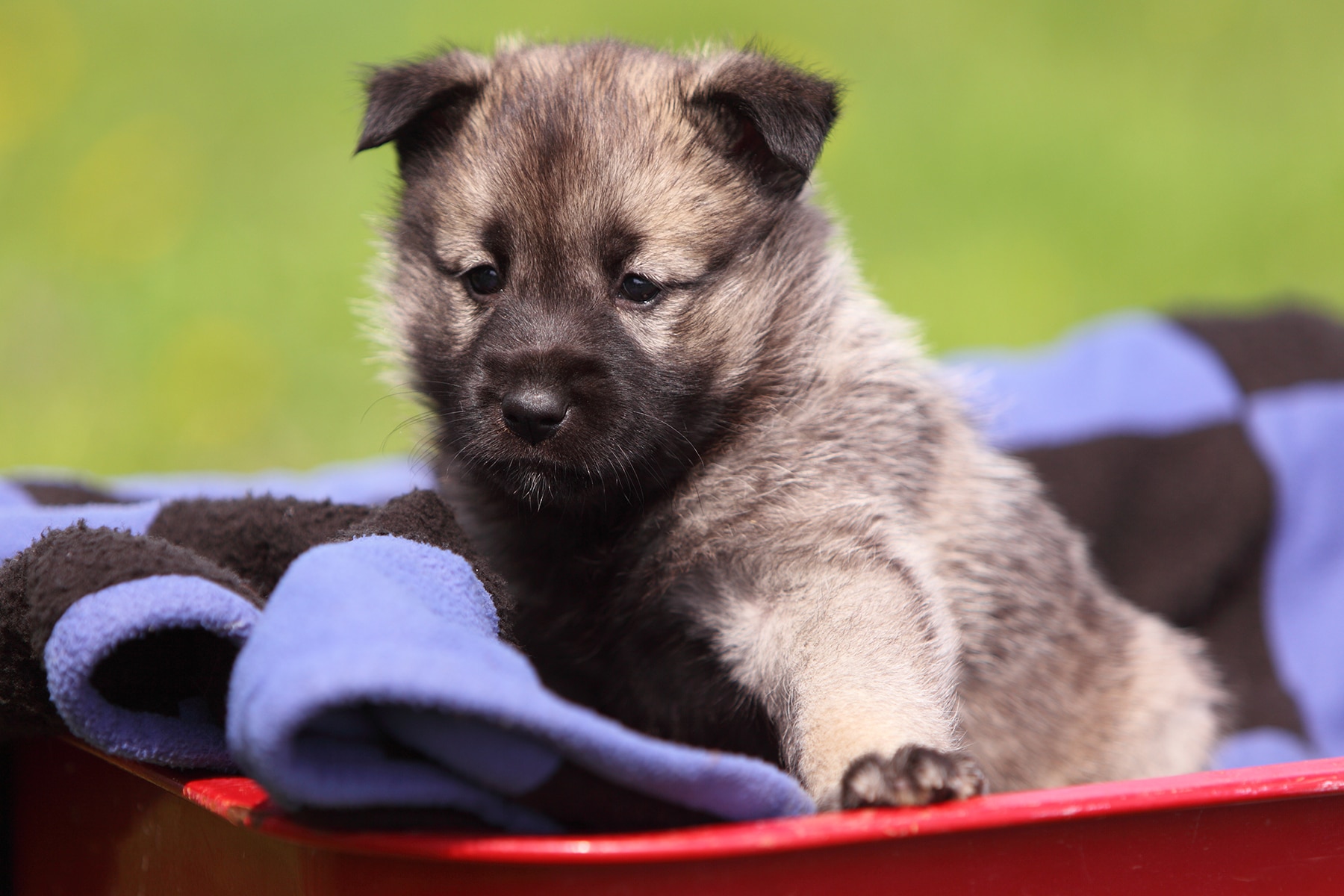
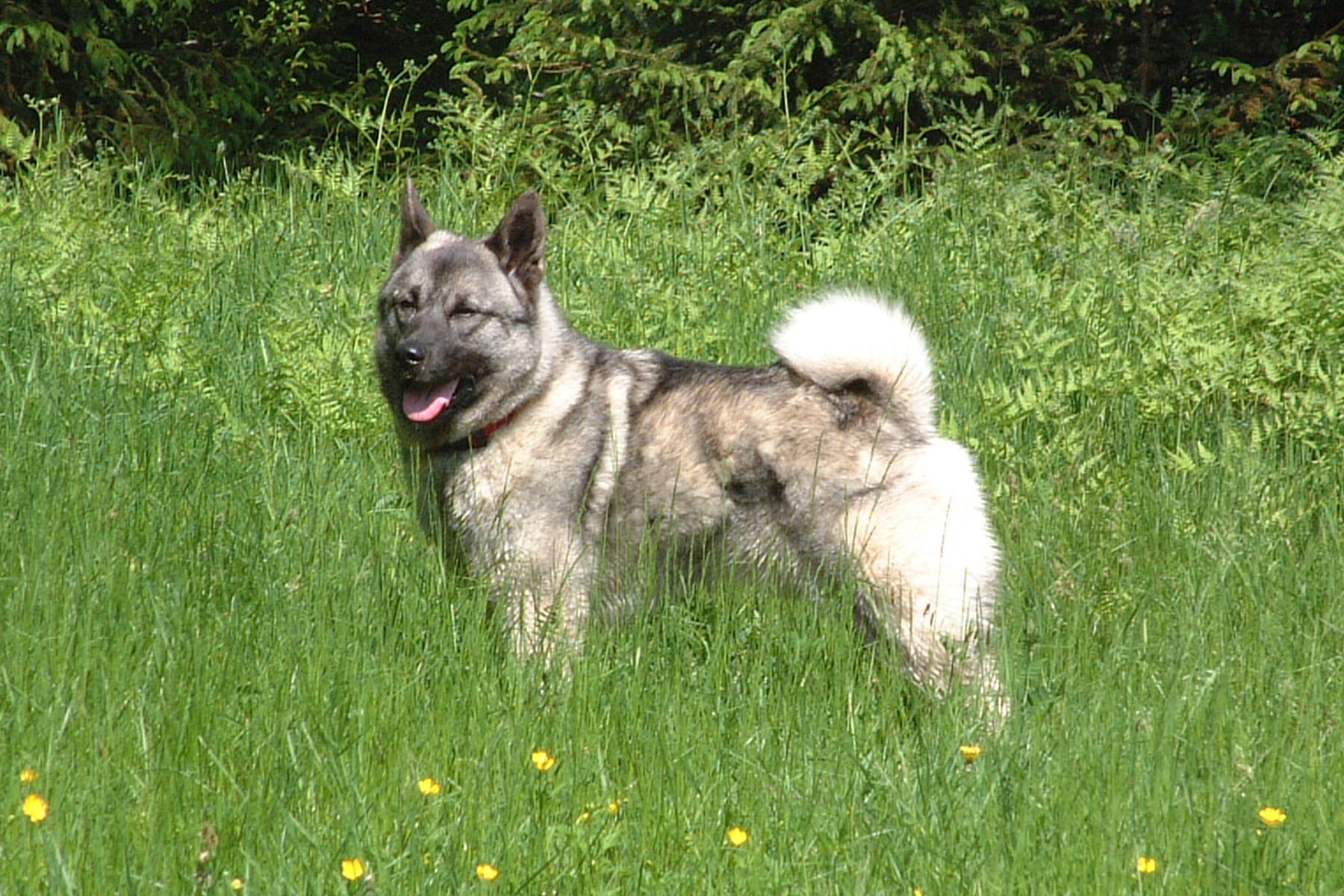
Temperament:
The Norwegian Elkhound Grey is the national dog of Norway. It is an enduring hunting dog which, in addition to its use as a domestic and guard dog, is also used for hunting big game due to its courage.
Characteristics
The Norwegian Elkhound Grey reaches a maximum shoulder height of 52 cm and a weight of up to 24 kg. It is therefore larger than the Black Elkhound and is a medium-sized dog. Its compact body is square.
Its rough coat can be black, gray or white. It consists of two layers: a dense undercoat and a longer top coat with black tips that determine the color tone. The coat of this breed is very weather-resistant.
According to the valid breed standard, the tail must be firmly curled over the back.
Despite its stubbornness, this breed is loyal to its master. With sufficient exercise, this dog is also suitable as a family dog. It is alert but always friendly. You quickly get to know the playful side of this breed, especially when dealing with children. As guard dogs, they often let their loud and high-pitched voice be heard, but are generally more open-minded towards strangers.
Coat care:
Shedding:
Energy level:
Trainability:
Children suitable:
The right food
When choosing food, make sure that it contains high-quality ingredients, is balanced and meets your dog's requirements. Age, size or weight, activity and health status play an important role. You should follow the manufacturer's recommendations for the amount of food.
Treats should only be fed in moderation and deducted from the basic diet to avoid obesity.
Puppies can be fed 4-6 times a day. The number of meals should be gradually reduced to 2 per day until the dog is fully grown. A rest period should be observed after meals.
Fresh drinking water should be available at all times.
Health & Care
Despite the thick and long coat, brushing two to three times a week is sufficient. Ideally, brushing should be done daily during the shedding period. However, this breed also sheds a relatively large amount of hair during the rest of the year.
Your four-legged friend's claws need good care and an attentive owner, especially if your dog mainly walks on soft ground such as forest floor. If they are not kept short in this case, there is a risk of injury for your dog.
The ears should also be checked regularly and treated with an ear cleaner for dogs if necessary.
Suitable accessories
Apart from the usual basic equipment and a large run, the Norwegian Elkhound has no great demands.
Basic equipment includes a collar with a sturdy lead, a dog mat as a retreat, water and food bowl, tick tweezers, claw clippers, mild dog shampoo, brush and comb, toothbrush and toothpaste for the dog, a transport box for transportation in the car and a first aid kit. It is best to ask your vet what belongs in the first aid kit.
Also make sure that your dog always has a cool place in warm weather.
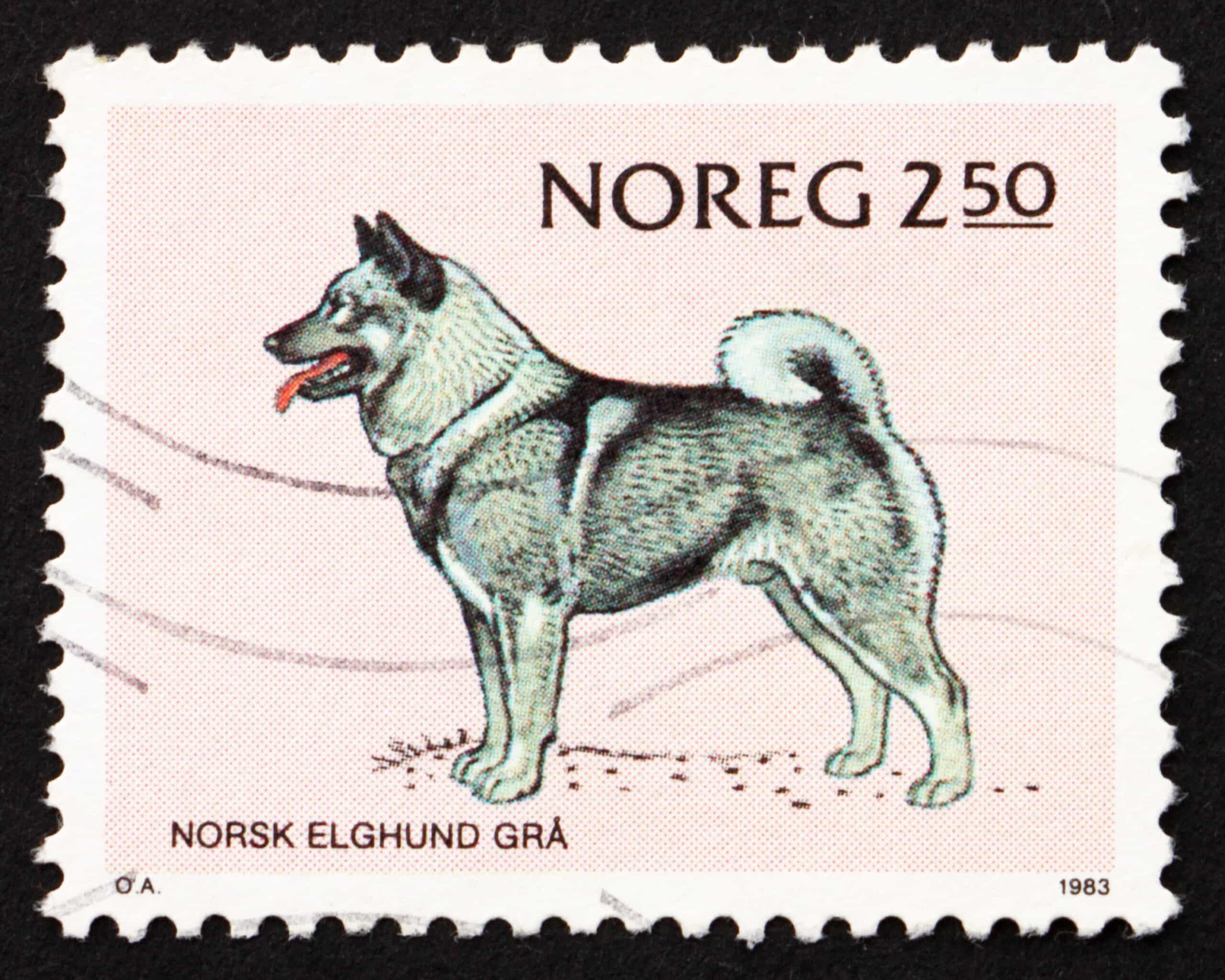
Origin & History
The history of this breed goes back to the Stone Age. Archaeologists have found similar dog skeletons from around 5000 to 4000 BC. This breed therefore belongs to the ancient top lines. The speculations of some cynologists indicate that its appearance is very similar to the first domesticated dogs in Western Europe.
In the Middle Ages, this breed was known as the "Dyrehund", which means "animal dog" in Norwegian. In Norway, it was used intensively for hunting moose, bears and wolves. The breed was first shown at a dog show in 1877. A few years later, it also became known in England. There it was recognized by the Kennel Club in 1901, and twelve years later by the American Kennel Club. The FCI recognized the breed, formerly known as the Gråhund (Greyhound), in 1999.
